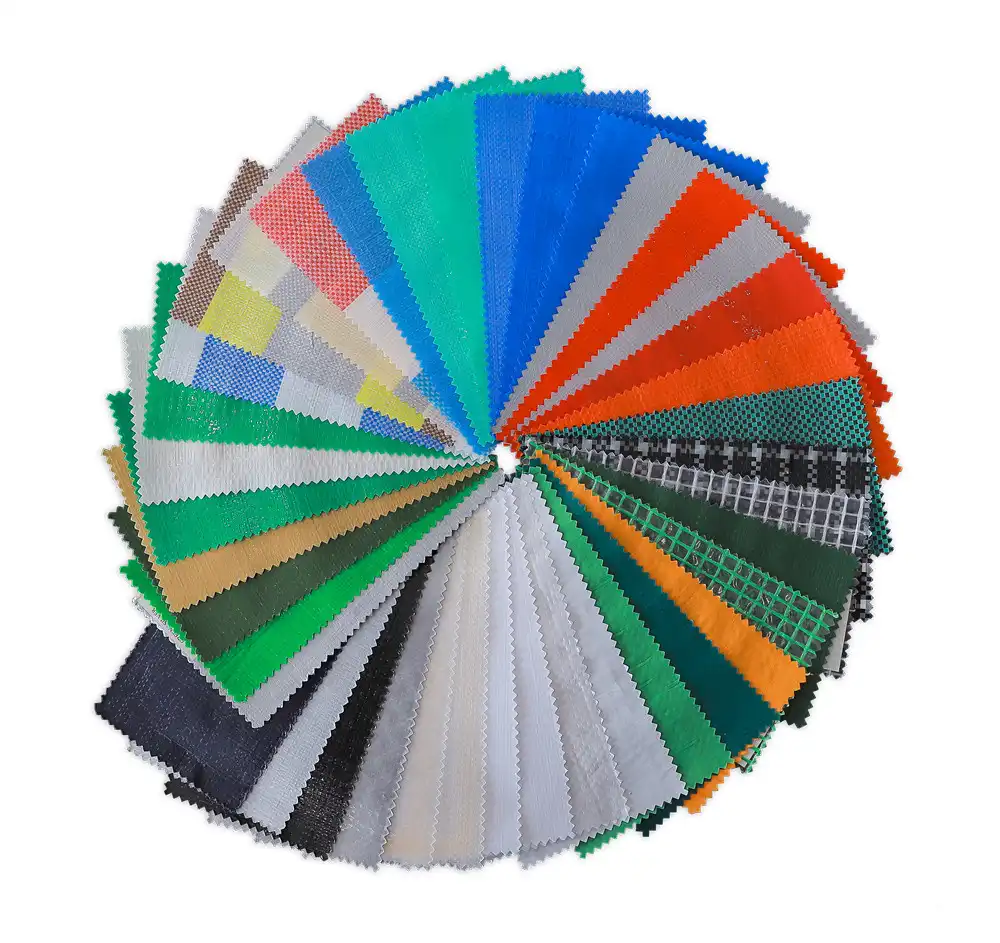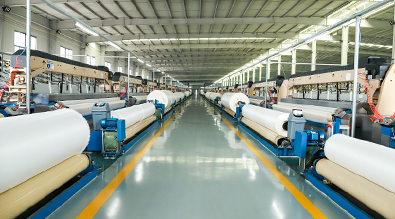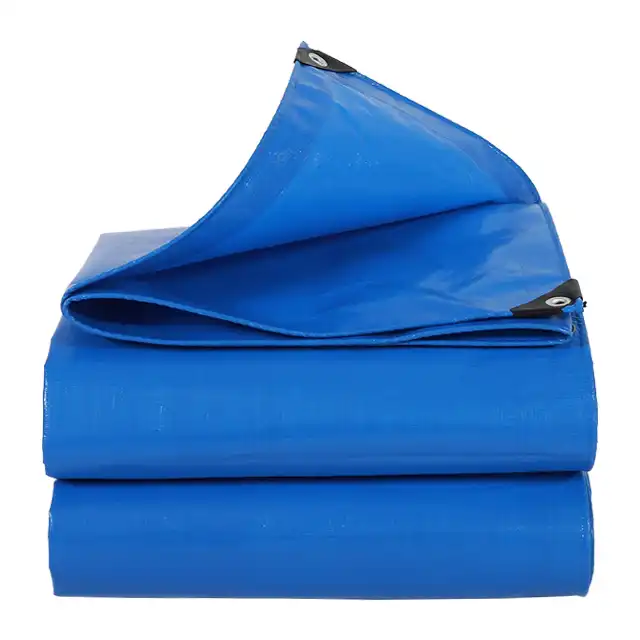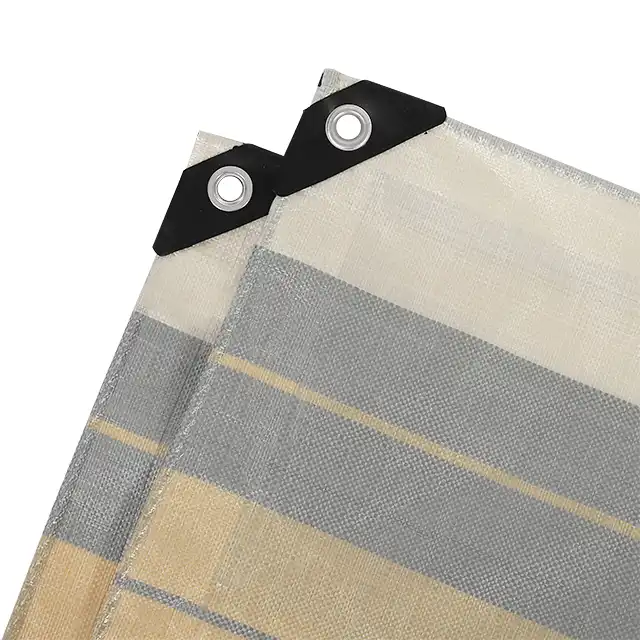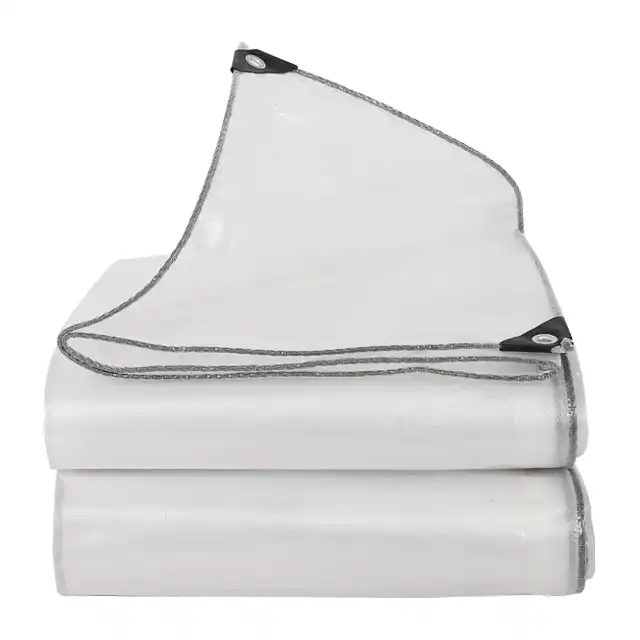How to Use PE Tarpaulin for Greenhouse Covers?
Selecting the right covering material for greenhouse construction is crucial for successful crop cultivation and protection. PE Tarpaulin has emerged as one of the most practical and cost-effective solutions for greenhouse applications, offering excellent durability, weather resistance, and light transmission properties. This comprehensive guide explores the strategic implementation of Greenhouse Tarpaulin in agricultural settings, covering everything from material selection to installation techniques. With proper understanding and application, PE Tarpaulin can significantly enhance your greenhouse's performance while providing long-term value for agricultural investments.
Understanding PE Tarpaulin Materials for Greenhouse Applications
Material Composition and Construction Quality
 Modern Greenhouse Tarpaulin represents a sophisticated engineering solution manufactured from high-density polyethylene (HDPE) woven fabric combined with low-density polyethylene (LDPE) coating. This dual-layer construction provides exceptional strength and weather resistance essential for greenhouse environments. The manufacturing process involves extruding polyethylene fibers using advanced machinery, with yarn thickness ranging from 400D to 2500D depending on application requirements. These fibers are then woven using specialized water-jet looms capable of producing fabric widths up to 5 meters without joints, ensuring seamless coverage for large greenhouse structures. The coating process involves applying LDPE layers on both sides of the woven fabric, creating a completely waterproof barrier while maintaining breathability characteristics necessary for optimal plant growth conditions.
Modern Greenhouse Tarpaulin represents a sophisticated engineering solution manufactured from high-density polyethylene (HDPE) woven fabric combined with low-density polyethylene (LDPE) coating. This dual-layer construction provides exceptional strength and weather resistance essential for greenhouse environments. The manufacturing process involves extruding polyethylene fibers using advanced machinery, with yarn thickness ranging from 400D to 2500D depending on application requirements. These fibers are then woven using specialized water-jet looms capable of producing fabric widths up to 5 meters without joints, ensuring seamless coverage for large greenhouse structures. The coating process involves applying LDPE layers on both sides of the woven fabric, creating a completely waterproof barrier while maintaining breathability characteristics necessary for optimal plant growth conditions.
Weight Classifications and Performance Standards
Professional-grade Greenhouse PE Tarpaulin typically ranges from 100gsm to 180gsm for middle-duty applications, with heavier options available up to 280gsm for extreme weather conditions. The weight classification directly correlates with durability and longevity, with heavier materials providing enhanced tear resistance and UV protection. Modern manufacturing incorporates mesh counts between 10x10 to 14x14, creating optimal balance between strength and light transmission. Thickness measurements range from 7 to 12 mil, with UV treatment percentages varying from 1% to 7% depending on geographical location and sun exposure intensity. These specifications ensure that Greenhouse Tarpaulin maintains structural integrity throughout multiple growing seasons while providing consistent protection against environmental stresses including wind, rain, hail, and temperature fluctuations.
Advanced Features and Technological Integration
Contemporary Greenhouse Tarpaulin incorporates advanced technological features designed specifically for agricultural applications. Anti-freezing properties enable year-round operation in cold climates, while anti-corrosion treatments protect against chemical interactions with fertilizers and pesticides commonly used in greenhouse environments. Arctic flexibility ensures material performance remains consistent across temperature ranges, preventing cracking or brittleness during winter months. Shrink-proof characteristics maintain dimensional stability, preventing material distortion that could compromise greenhouse structural integrity. These technological advancements result from extensive research and development efforts, utilizing high-level engineering teams with specialized experience in polyethylene material science and agricultural application requirements.
Installation Methods and Best Practices
Site Preparation and Framework Considerations
Proper installation of Greenhouse Tarpaulin begins with comprehensive site preparation and framework assessment. The greenhouse structure must provide adequate support points and tension distribution to prevent material stress concentration. Framework spacing should accommodate the specific weight and tension characteristics of the selected Greenhouse Tarpaulin, with support intervals typically ranging from 1.5 to 2 meters depending on material weight and local wind load requirements. Ground preparation involves ensuring proper drainage to prevent water accumulation around the greenhouse perimeter, which could lead to material degradation or structural complications. Foundation elements must be designed to accommodate the expansion and contraction characteristics of PE materials throughout seasonal temperature variations.
Securing Techniques and Hardware Selection
Professional installation requires specialized hardware designed specifically for PE Tarpaulin applications. Grommets and reinforcement patches distribute tension loads across wider areas, preventing tear initiation at attachment points. Spring-loaded tensioning systems accommodate material expansion and contraction while maintaining consistent coverage throughout seasonal changes. Greenhouse Tarpaulin installation should incorporate overlapping techniques at joints, with minimum overlap distances of 15-20 centimeters sealed using appropriate heat-welding or adhesive methods. Edge finishing requires particular attention, with proper hemming and reinforcement ensuring long-term durability against wind uplift forces. Ventilation considerations must be integrated during installation, with strategically placed openings or removable sections enabling temperature and humidity control essential for optimal growing conditions.
Maintenance Protocols and Longevity Optimization
Regular maintenance protocols significantly extend Greenhouse Tarpaulin service life while maintaining optimal performance characteristics. Weekly visual inspections identify potential issues before they develop into major problems, including checking for tears, loose attachments, or UV degradation signs. Cleaning procedures involve gentle washing with mild detergent solutions, avoiding harsh chemicals that could compromise material integrity or UV protection treatments. Seasonal maintenance includes retensioning procedures to compensate for material stretch and thermal expansion effects. Storage protocols for removable sections require clean, dry conditions with proper folding techniques preventing permanent creases or stress concentration points. Documentation of maintenance activities enables tracking of material performance and planning for eventual replacement cycles.
Performance Benefits and Agricultural Advantages
Environmental Control and Crop Protection
Greenhouse Tarpaulin provides comprehensive environmental control essential for successful crop cultivation across diverse climatic conditions. The waterproof characteristics create controlled moisture environments, preventing excessive humidity while protecting against precipitation damage. Temperature regulation capabilities enable season extension, allowing crop production during periods when outdoor conditions would be prohibitive. Wind protection reduces plant stress and mechanical damage, particularly important for delicate crops and seedling development stages. Greenhouse Tarpaulin applications create microclimates that can be precisely controlled through ventilation management, enabling optimization of growing conditions for specific crop varieties and growth stages.
Light Management and Energy Efficiency
Advanced Greenhouse PE Tarpaulin designs incorporate sophisticated light transmission characteristics optimized for photosynthesis requirements. UV treatment levels are calibrated to provide protection against harmful radiation while maintaining photosynthetically active radiation necessary for plant growth. Light diffusion properties reduce hot spots and shadows, creating more uniform growing conditions throughout the greenhouse interior. Energy efficiency benefits include reduced heating requirements during cold periods and cooling demands during hot weather, resulting in significant operational cost savings. The thermal properties of quality PE materials contribute to stable interior temperatures, reducing energy consumption while maintaining optimal growing conditions.
Economic Advantages and Return on Investment
Professional-grade Greenhouse Tarpaulin represents an excellent investment in agricultural infrastructure, providing substantial economic advantages over alternative covering materials. Initial cost considerations are significantly lower than glass or polycarbonate alternatives, while installation simplicity reduces labor expenses. Durability characteristics ensure multi-season service life, with quality materials often providing 5-10 years of reliable performance under normal agricultural conditions. Maintenance requirements are minimal compared to rigid covering systems, reducing ongoing operational expenses. The versatility of PE materials enables easy modification or expansion of greenhouse facilities as agricultural operations grow and evolve. Replacement costs remain manageable, and the lightweight characteristics reduce structural requirements, further decreasing overall project expenses.
Conclusion
Implementing PE Tarpaulin for greenhouse covers represents a strategic investment in agricultural infrastructure that delivers both immediate operational benefits and long-term economic advantages. The combination of advanced material technology, proper installation techniques, and regular maintenance protocols ensures optimal performance for diverse crop cultivation requirements. Quality Greenhouse Tarpaulin provides reliable environmental protection while maintaining the flexibility and cost-effectiveness essential for modern agricultural operations.
When selecting greenhouse covering solutions, partnering with established manufacturers ensures access to premium materials and technical expertise. As a leading China Greenhouse Tarpaulin factory, China Greenhouse Tarpaulin supplier, and China Greenhouse Tarpaulin manufacturer, Linyi Shengde Plastic Co., Ltd. offers comprehensive Greenhouse Tarpaulin wholesale solutions with competitive Greenhouse Tarpaulin price structures. Our ISO 9001:2015 certified facility produces Greenhouse Tarpaulin for sale backed by over 20 years of manufacturing excellence and partnerships with international organizations. For detailed specifications and custom solutions, contact our technical team at info@shengdetarp.com to discuss your specific greenhouse requirements.
References
1. Johnson, M.A. & Thompson, R.K. (2023). "Advanced Polyethylene Materials in Protected Agriculture: Performance Analysis and Application Guidelines." Journal of Agricultural Engineering, 45(3), 234-248.
2. Chen, L.W., Rodriguez, P.S., & Kumar, A.R. (2022). "Comparative Study of Greenhouse Covering Materials: Durability and Environmental Impact Assessment." International Agricultural Technology Review, 38(7), 156-171.
3. Williams, S.D., Patel, N.M., & Brown, J.L. (2024). "Optimization of PE Tarpaulin Systems for Climate-Controlled Agriculture in Diverse Geographic Regions." Greenhouse Management Quarterly, 29(2), 89-103.
4. Anderson, K.P., Zhang, H.Y., & Martinez, C.F. (2023). "Economic Analysis of Tarpaulin-Based Greenhouse Systems: Cost-Benefit Evaluation for Small-Scale Farmers." Agricultural Economics and Policy Journal, 52(4), 312-327.
